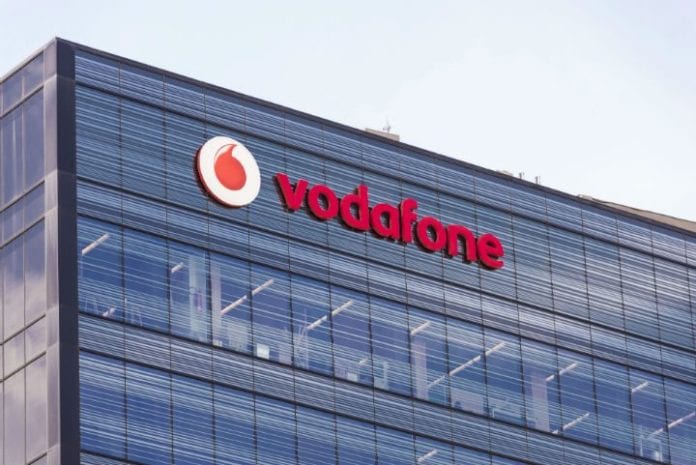Incoming 5G technologies will put industrial applications front and centre, and enable new functionalities in critical communications, according to IHS Markit.
The research house told Enterprise IoT Insights at Critical Communications World (CCW) in Berlin last week 5G will impact industrial space in the way LTE-based 4G technology changed the consumer market. “New waves of industry are in the works,” said Tom Lynch, executive director of security technology at IHS Markit.
“We’ll see a whole new set of services that will grow with 5G – it suits the mission-critical world. If you think about 4G and how it was about Uber and Airbnb, 5G will be about the industry. It’s more reliable.”
Vendors Huawei and Nokia announced LTE-based public safety services at CCW last week. Chinese firm Huawei even said TETRA’s days are numbered, with the rise of LTE. But LTE is still finding its ways into critical communications systems; is it not too soon to discuss 5G in a the public safety realm?
“The standards are not in place but the 3GPP is moving quickly,” said Lynch. “The world is changing and moving fast, and everything I’ve seen on vendor technology roadmaps is positive and moving in the right direction. Spectrum is the biggest issue for 5G, but you can run it higher than 4G, which needed lower bandwidth band.”
5G is the future for mission-critical services, he said; but LTE and TETRA will remain relevant in the medium term. “LTE will take over from TETRA, but the there will be a co-existence between the two,” he said. “But you might see new mission-critical networks by-passing TETRA with governments investing in 4G or even 5G.”
China leads the way in public safety and safer cities, he reflected, in a wide-ranging conversation. “China is front of the pack in terms of safer cities – it has introduced artificial intelligence video, mass cloud and public cloud solutions, with significant data throughout from the government.”
Thailand, the US and Korea are also “progressing nicely” with the development of LTE based public safety services, he said. The UK-based Emergency Services Network (ESN) is “a very adventurous project and good for the industry,” Lynch reflected, but said “time scales have let it down – because of the environment, rather than the technology.”
“You need 99 per cent coverage and good quality; EE will have this in place. Users need to feel secure or they won’t use the technology and won’t transition. Airwave and TETRA took time and this is the same scenario. There will definitely be co-existence between TETRA and 4G – the best of both worlds,” he said.
Facial recognition technology, under scrutiny because of its usage by the Metropolitan Police and South Wales Police in recent months, will be a feature of communications in the public safety space in the next 12 months, he said. But Lynch is more focused on other advanced technologies.
“There is a realism that TETRA and LTE will co-exist. Users want a roadmap and increased capacity and to gain benefits of new age technologies. We’re seeing trends such as 3D visual graphics, drones, robots coming into the industry. This is where 4G and 5G will come into their own – mission-critical voice will always be there as it’s the most trusted form of communication. But it needs to be made slicker and increase situational awareness for users.”

